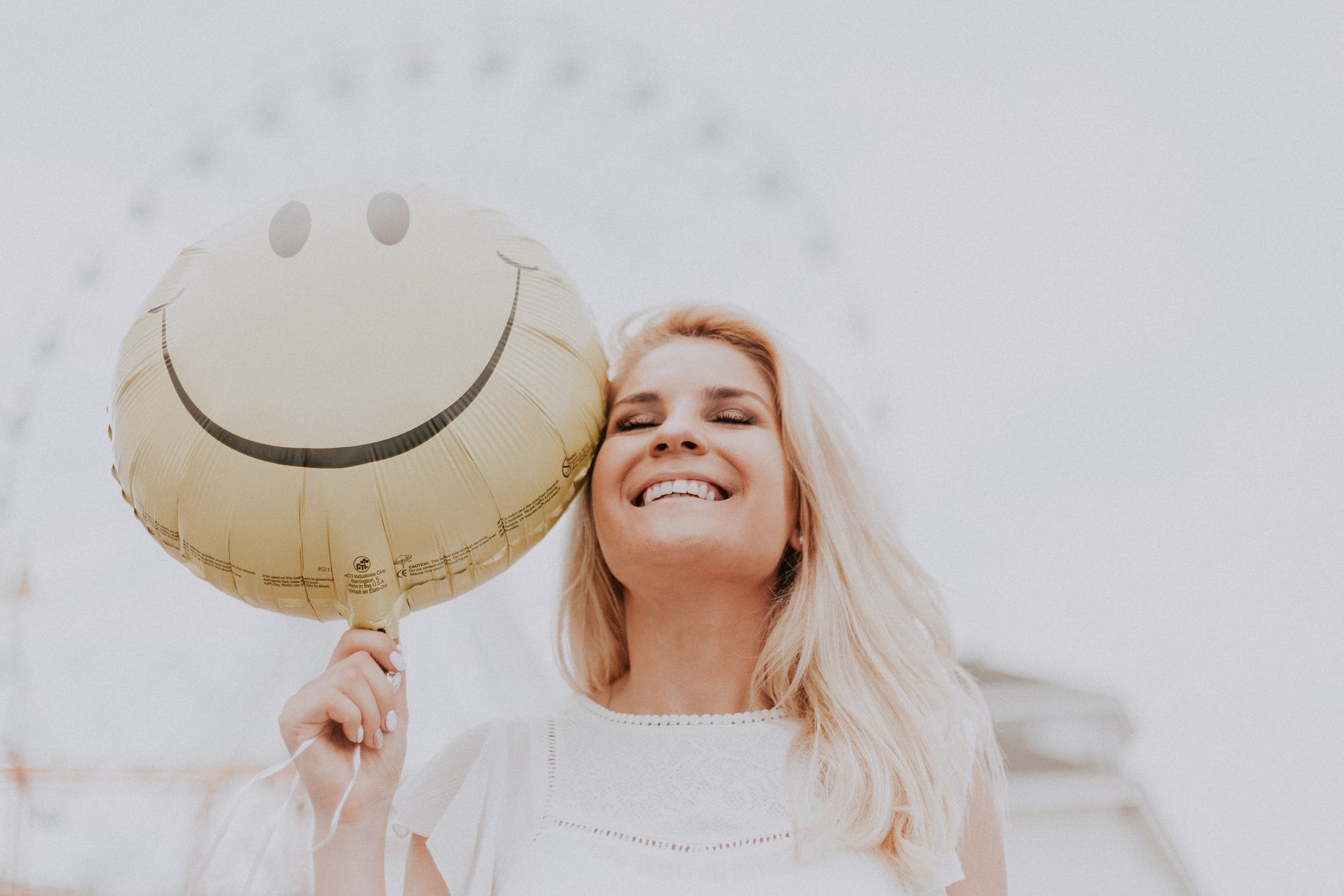During this NATIONAL MONTH OF POETRY I have used poems that have inspired me to write poems. I began the month with a poem by Mary Oliver and could spend months using her poems that have countlessly inspired me not just to write but to pause, reflect, ponder what can’t always be seen, heard, tasted, smelled or touched but most deeply felt. . . here’s hoping it does the same for you in the NOWNESS of your TODAY:
It doesn’t have to be
the blue iris, it could be
weeds in a vacant lot, or a few
small stones; just
pay attention, then patch
a few words together and don’t try
to make them elaborate, this isn’t
a contest but the doorway
into thanks, and a silence in which
another voice may speak.
— Mary Oliver
They are no longer clouds
but brightly striped ribbons

blown free from packages
never quite opened
or worse
opened and neatly tucked away
in drawers that don’t easily open
seemingly safe
from any robber
any loss
any misplacement
and sadly
any use
These ribbons don’t know of a wind
that’ll wave back
in the harshest or gentlest of breezes
no matter how much
mind
you pay them
They dwell in sunlight
and more of an ahhhhhhhh
to any sunset
if but noticed
But for a Now
This Moment
recognized
so briefly
like confetti

gone in a sudden burp of air
They are seen
as a Comma
in a Pause
that refuses to be left behind
before a never ending sentence
ahead





















